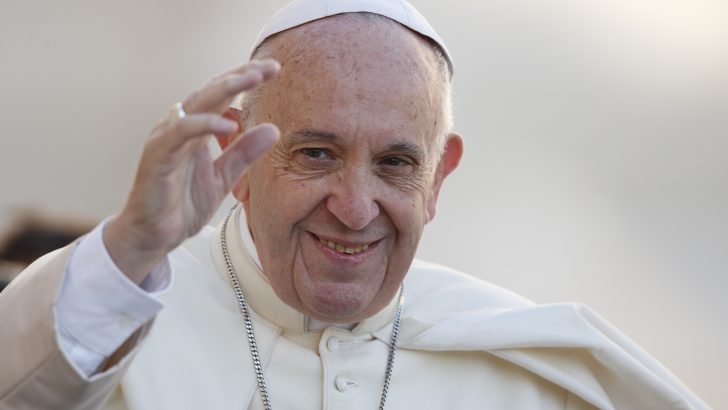“Pope Francis once said that Catholics had to understand the current situation as not so much an era of change, but a change of era”, writes Michael Kelly
Irish bishops have been in Rome meeting with Pope Francis and senior Vatican officials as part of the ad limina process. In theory every bishop in the world makes the trip to Rome every five years to report on the situation in their respective dioceses. In reality, however, it’s tending to be every 10 years. I was with the bishops after their meeting with the Pope on Friday and to say they had a pep in their step would probably be an understatement.
It was obvious that the bishops had been energised by the two-hour encounter with the Pontiff. Archbishop of Dublin Diarmuid Martin recalled how he often understood, in the past, that when a Pope asked the bishops if they were tired, it was time to bring the meeting to an end. On this occasion, Pope Francis asked if the bishops were tired, before quickly adding that he wasn’t tired and could continue the meeting.
Vision
Many of the bishops spoke during the meeting with the Pope and thanked him for his leadership and vision around the Church. One of the things that many bishops told me of was their belief that the Pope was genuinely listening to them and that they had experienced the ad limina as a period of encounter and dialogue, not just with the Pope but with the various Vatican departments.
One bishop, who has been on several such trips, told me he genuinely felt that the Vatican offices were keen to listen to listen to the bishops and offer advice where they could. Another bishop remarked to me how he was delighted that the various reports submitted by the dioceses in advance had been read and genuinely engaged with. He confessed to me that this had not been his experience in past such trips.
Some commentators had been anticipating that the ad limina would represent a ‘slap on the wrist’ for the Irish bishops over issues like a lack of priestly vocations, declining Mass attendance and the Church’s diminished role in the public sphere. There was no such papal remonstration, they tell me. But, instead, an encouragement to be fearless in the public square and an acknowledgement of the immense challenges faced by the Church in Ireland. What they experienced, was a Pope who was expressing fatherly concern and encouragement rather than a wagging finger.
The last ad limina visit was in 2006 to Pope Benedict XVI. Just 12 of the serving bishops present at Friday’s meeting with Pope Francis attended the meeting with Benedict. The shape and face of the Irish hierarchy is changing rapidly. Soon, seven more dioceses are expected to see new bishops appointed (Clonfert, Cork & Ross, Raphoe, Meath, Galway, Ossory and Clogher). In short, a huge generational shift will have occurred with probably more than half the bishops being under 60 years old and having the opportunity to bring fresh thinking and ideas around evangelisation and the promotion of vocations.
Pope Francis once said that Catholics had to understand the current situation as not so much an era of change, but a change of era. Archbishop Eamon Martin, Primate of All-Ireland, summed up the sense well in Rome when he said the bishops looked to the future with both realism and confidence. “We live in changed times,” he said. “There are immense challenges facing the Church in Ireland, but we’re up for the challenge.”
In facing that challenge, Archbishop Eamon and his fellow bishops can count on the support of tens of thousands of committed laypeople and thousands of religious working quietly and unceasingly in parishes across Ireland.


 Michael Kelly
Michael Kelly